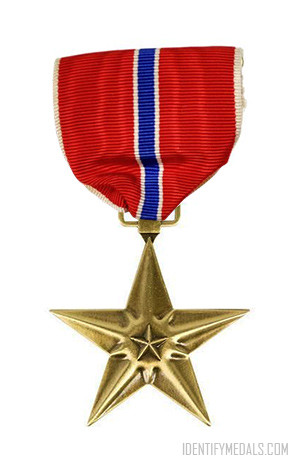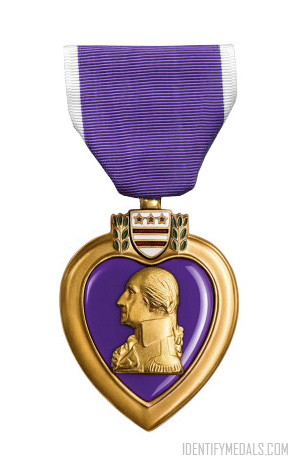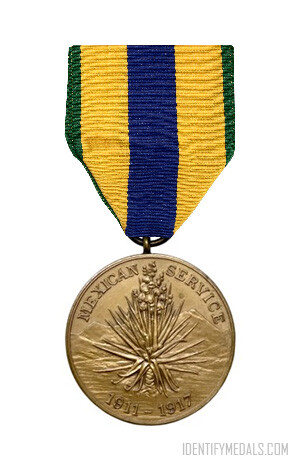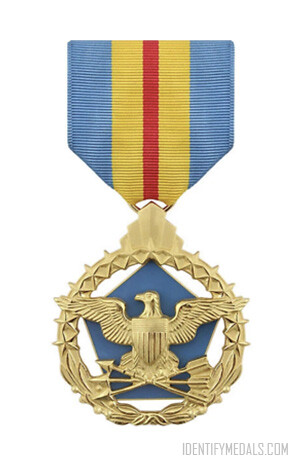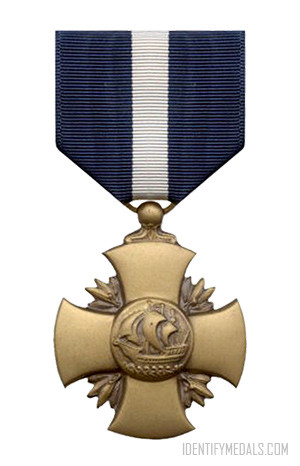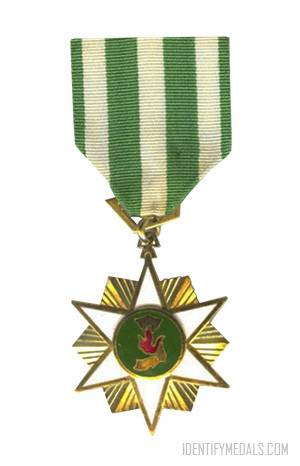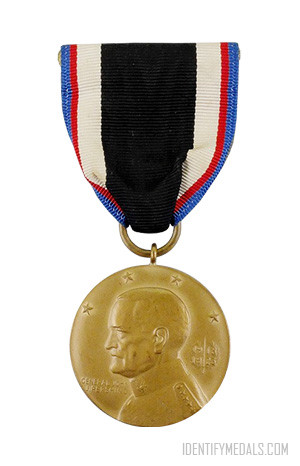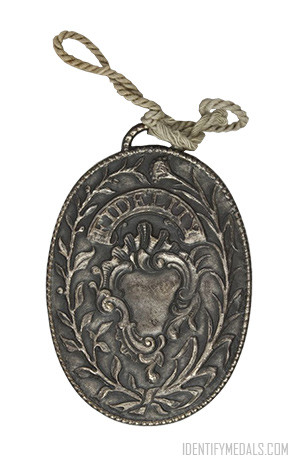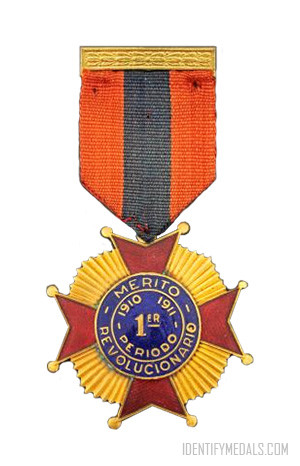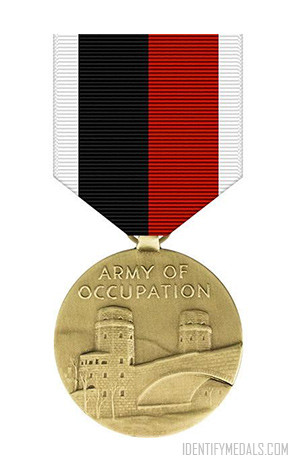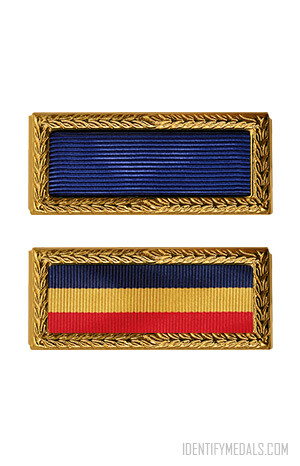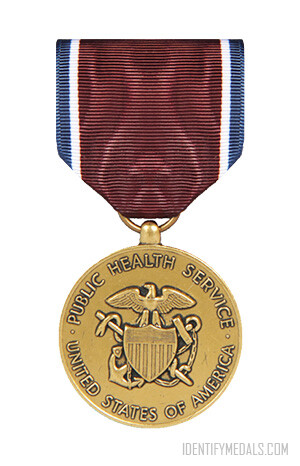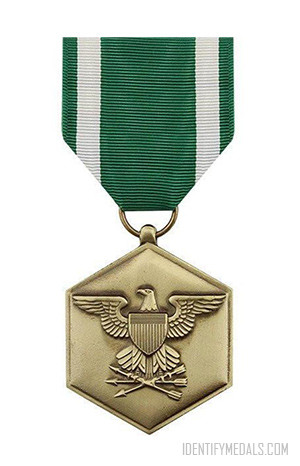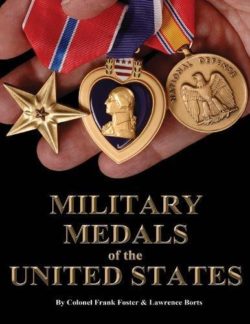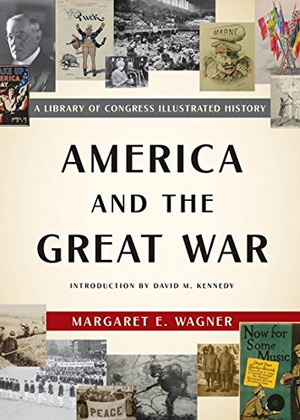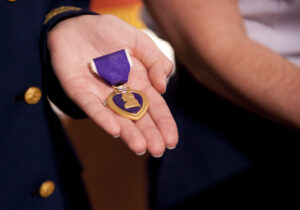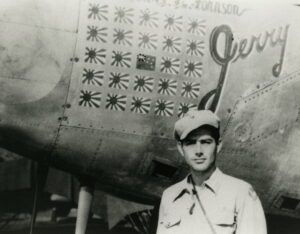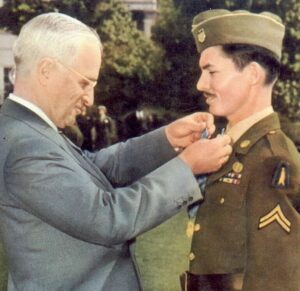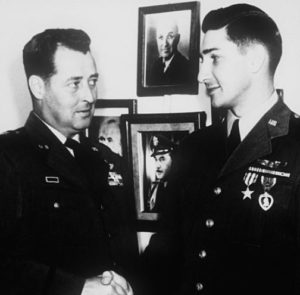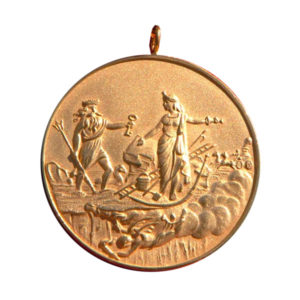- Time Period: Second World War
- Institution: 4 February 1944
- Country: United States
The Bronze Star Medal (also known as Bronze Star) is a United States decoration awarded to members of the United States Armed Forces for either heroic achievement, heroic service, meritorious achievement, or meritorious service in a combat zone. Officers from the other Uniformed Services of the United States are eligible to receive this award, as are foreign soldiers who have served with or alongside a service branch of the United States Armed Forces. Civilians serving with U.S. military forces in combat are also eligible for the award.
The Bronze Star Medal was established by Executive Order 9419, 4 February 1944 (superseded by Executive Order 11046, 24 August 1962, as amended by Executive Order 13286, 28 February 2003). Colonel Russell P. “Red” Reeder conceived the idea of the Bronze Star Medal in 1943; he believed it would aid morale if captains of companies or of batteries could award a medal to deserving people serving under them.
The Bronze Star Medal Design
The Bronze Star Medal was designed by Rudolf Freund (1878–1960) of the jewelry firm Bailey, Banks & Biddle.
The medal is a bronze star 1 1⁄2 inches (38 mm) in circumscribing diameter. In the center is a 3⁄16 inch (4.8 mm) diameter superimposed bronze star, the center line of all rays of both stars coinciding. The reverse bears the inscription “HEROIC OR MERITORIOUS ACHIEVEMENT“ with a space for the name of the recipient to be engraved.
The star hangs from its ribbon by a rectangular metal loop with rounded corners.
When the medal is awarded by the Army and Air Force for acts of valor in combat, the “V” Device is authorized for wear on the medal. When the medal is awarded by the Navy, Marine Corps, and Coast Guard for acts of valor or meritorious service in combat, the Combat “V” is authorized for wear on the medal.
The following ribbon devices must be specifically authorized in the award citation in order to be worn on the Bronze Star Medal, the criteria for and wear of the devices vary between the services:
- Oak leaf cluster – In the Army and Air Force.
- 5/16 inch star – In the Navy and Marine Corps and Coast Guard.
- “V” device.
- Combat “V”.
The Bronze Star During WW2
Here are some examples of individuals receiving the Bronze Star Medal for their actions during World War II:
General Dwight D. Eisenhower: General Eisenhower, the Supreme Commander of the Allied Expeditionary Forces in Europe, was awarded the Bronze Star Medal for his leadership during the planning and execution of the D-Day invasion on June 6, 1944.
Sergeant Audie Murphy: Audie Murphy, a highly decorated soldier and later a famous actor, received the Bronze Star Medal for his valorous actions in combat. Murphy demonstrated extraordinary courage and leadership in various engagements throughout the war, including his single-handed stand against German forces in the Battle of Holtzwihr.
Lieutenant Colonel James H. Doolittle: Lieutenant Colonel Doolittle, an aviation pioneer, was honored with the Bronze Star Medal for leading the daring Doolittle Raid, the first U.S. air raid on the Japanese mainland. Despite challenging circumstances, his leadership and audacity boosted American morale and dealt a blow to Japan’s strategic capabilities.
Private First Class Desmond Doss: Desmond Doss, a conscientious objector and combat medic, was awarded the Bronze Star Medal for his selfless actions during the Battle of Okinawa. Despite being under heavy enemy fire, Doss repeatedly braved danger to rescue and treat wounded soldiers, saving numerous lives.
- Lieutenant Colonel Benjamin O. Davis Jr.: Lieutenant Colonel Davis, an officer in the Tuskegee Airmen, received the Bronze Star Medal for his exceptional achievements as a fighter pilot. He overcame significant adversity and discrimination to become one of the most respected and highly decorated African American officers of World War II.

